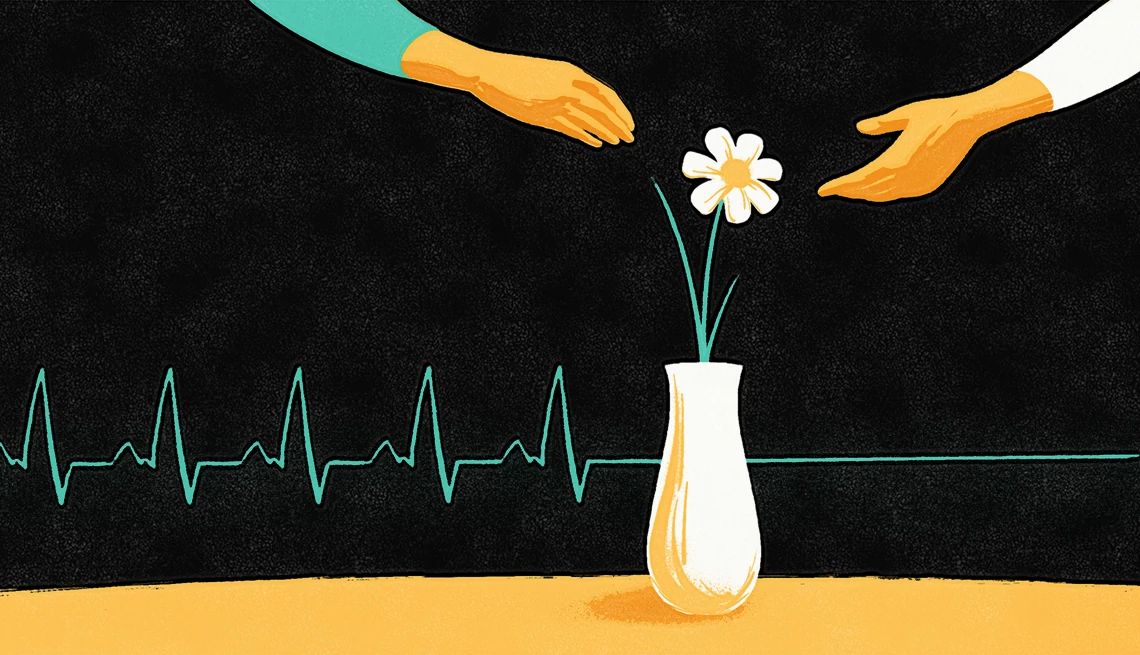AARP Hearing Center


Roughly a decade after her mother was diagnosed with Alzheimer’s disease, Liz Donnarumma got her back — but only for an instant.
It happened one evening in 2021, more than a year after Donnarumma first realized her mother, Theresa, didn’t recognize her. Theresa took Donnarumma’s face in her hands, called her by her nickname and thanked her. “When she put her hands on my face and I looked into her eyes, she was totally there. It was my mother,” Donnarumma says. “It was like a second, just one second, and it was gone.”
Donnarumma’s mother had an episode of “paradoxical lucidity” — that is, an unexpected burst of mental clarity, despite her advanced condition. While these moments are as unexplained as they are unexpected, experts say they are more common than many people realize.
For a 2024 study published in The Gerontologist, Jason Karlawish, a professor of geriatrics at the University of Pennsylvania’s Perelman School of Medicine and his team interviewed 30 caregivers of relatives with dementia, including Donnarumma. Almost all of them had witnessed at least one lucid episode, suggesting they are common enough that it’s “simply not sensible to call them paradoxical,” Karlawish says. “Lucid episodes are part of advanced dementia.”
Join Our Fight for Caregivers
Sign up to become part of AARP's online advocacy network and help family caregivers get the support they need.
And they’re not exclusive to dementia, either. People with a range of conditions have also been known to experience temporary but dramatic spurts of well-being. These episodes can occur mere hours or days before death, but that’s not always the case — Donnarumma’s mother, for example, lived months after her moment of clarity.
End-of-life “rallies” can be bittersweet for caregivers, says Kristina Newport, a chief medical officer at the American Academy of Hospice and Palliative Medicine. “Sometimes loved ones have already grieved the loss of who they remember that person to be,” she says. “It can be really emotional to get thrown back in and feel like, Wait, this person’s here again?”
Here’s what caregivers should know about navigating end-of-life rallies.
What are end-of-life rallies?
Broadly speaking, end-of-life rallies involve “an unexpected episode of someone being able to interact in a way that they weren’t able to for some period of time,” Newport says. How long those episodes last and what they entail differs from person to person.

































































More From AARP
Caring for Someone With Osteoporosis
You can help prevent falls and life-changing fractures
My Care Recipient’s Doctors Expect Too Much
A reader feels pressure from medical personnel who want her to take on a larger caregiving role
How Utility Companies Help Vulnerable Customers
Programs help family caregivers and their loved ones who rely on electric-dependent devices